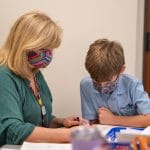Although Orton-Gillingham is used in classrooms across the country, there are still questions surrounding this teaching approach and why it is used in interventions for dyslexia. Whether you teach students with dyslexia using Orton-Gillingham or are the parent of a child with dyslexia, it can’t hurt to learn more about this effective teaching approach. Read below to learn more about the Orton-Gillingham Approach and how it can be implemented in a dyslexia program in a classroom or at home.
What is the Orton-Gillingham Approach to reading?
The Orton-Gillingham Approach is a teaching approach used to help students who struggle to learn how to read and spell accurately. This approach is designed to aid students in mastering language skills through structured, direct, multisensory, and individualized lessons. The Orton-Gillingham Approach to reading is not a program or system with structured, pre-planned lessons, but rather a teaching approach to develop effective interventions for students with dyslexia. Although the principles of Orton-Gillingham can be effective in any classroom or teaching environment, this teaching approach is especially beneficial for students with dyslexia.
Is the Orton-Gillingham Approach the best teaching method for dyslexia?
No one teaching method is considered the best intervention for dyslexia, although Orton-Gillingham is extremely well-regarded in the field of dyslexia. Orton-Gillingham has been well researched and can be beneficial for students with dyslexia because of the emphasis it places on individualized, structured learning. While a pre-planned curriculum is written with a theoretical student in mind, the Orton-Gillingham Approach gives a teacher the ability to tailor each lesson based on students’ strengths and weaknesses and help them master reading and writing skills effectively. This individualized approach is especially effective for dyslexic students because dyslexia presents differently in each child. If you think Orton-Gillingham may be the best dyslexia treatment for your child, be sure to find a tutor with Orton-Gillingham training or look into an Orton-Gillingham educational program for yourself!
Is the Orton-Gillingham Approach phonics-based?
Yes, the Orton-Gillingham Approach uses systematic phonics to teach language and promote mastery in students with dyslexia. This approach encourages students to grasp the sound-symbol relationship that is necessary to understand alphabetic systems of writing. Teachers certified in Orton-Gillingham are trained to use diagnostic and prescriptive tools to teach phonics in a sequential way that encourages students to build on previously learned skills. This gradual method of learning phonics-based skills effectively helps students with dyslexia achieve progressive mastery of these critical language skills.
What does a classroom that implements the Orton Gillingham Approach look like?
While every classroom looks different, a classroom where the Orton-Gillingham Approach is used has certain qualities that stand out from general education environments. Many schools for dyslexia that utilize the Orton-Gillingham Approach have small class sizes that prioritize direct instruction from teachers who are Orton-Gillingham certified, although this teaching approach can be implemented in any educational setting. Teachers trained in the Orton-Gillingham Approach develop individualized and multisensory lessons that meet the needs of each individual student, so students may be working on different activities to master similar skills all in the same classroom. A typical lesson plan may include a card drill, dictation exercise, and oral reading in a 40 minute to one hour session. While the principles of Orton-Gillingham can be easily applied in classrooms, these principles can also be implemented in small group instruction and one-on-one tutoring sessions.
What does it take for a teacher to be certified in the Orton Gillingham Approach?
Because Orton-Gillingham is a unique teaching approach, teachers must complete specialized training to become certified in this educational approach. A trained Orton-Gillingham teacher has completed at least 30 hours of training with a Fellow from the Academy of Orton-Gillingham Practitioners and Educators, where they also complete a practicum that includes mentorship from a Fellow, as well as observations when the trainee is working with students individually or in a group setting. There are several different tiers of Orton-Gillingham certification, depending on the amount of training and experience a teacher possesses. All Orton-Gillingham teachers learn skills and teaching strategies to help them better educate students with dyslexia.
How ReadSource Can Help
ReadSource is a non-profit launched by The Schenck School designed to share helpful information and dyslexia resources with teachers, parents, and individuals across the country. We offer educational training and community outreach programs that expand understanding and promote increased awareness for people with dyslexia and other learning difficulties. Join ReadSource as we work to empower dyslexic learners by finding out more about our mission, joining us at a community event or conference, or signing up for an educational opportunity with us today!








Leave a Reply